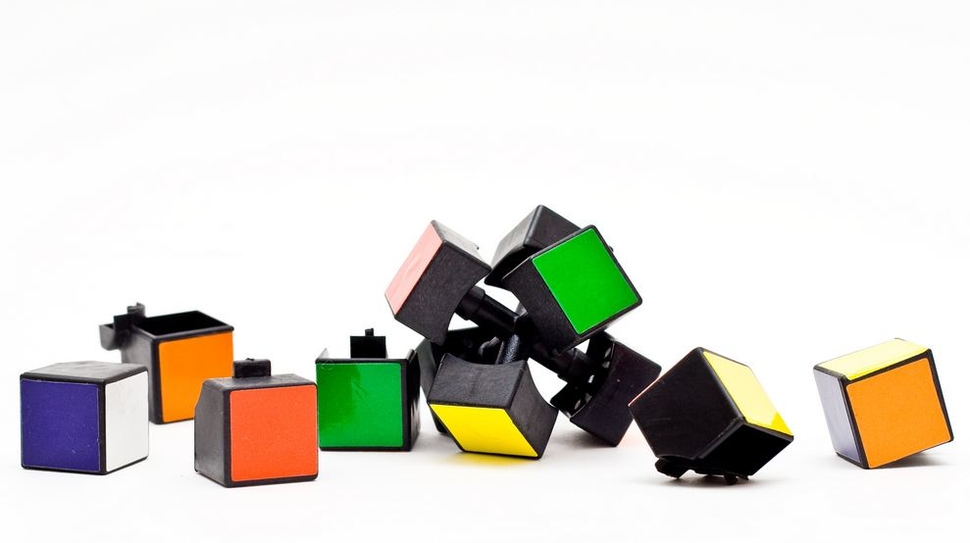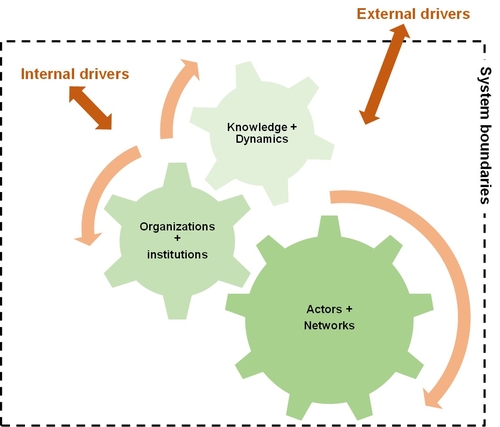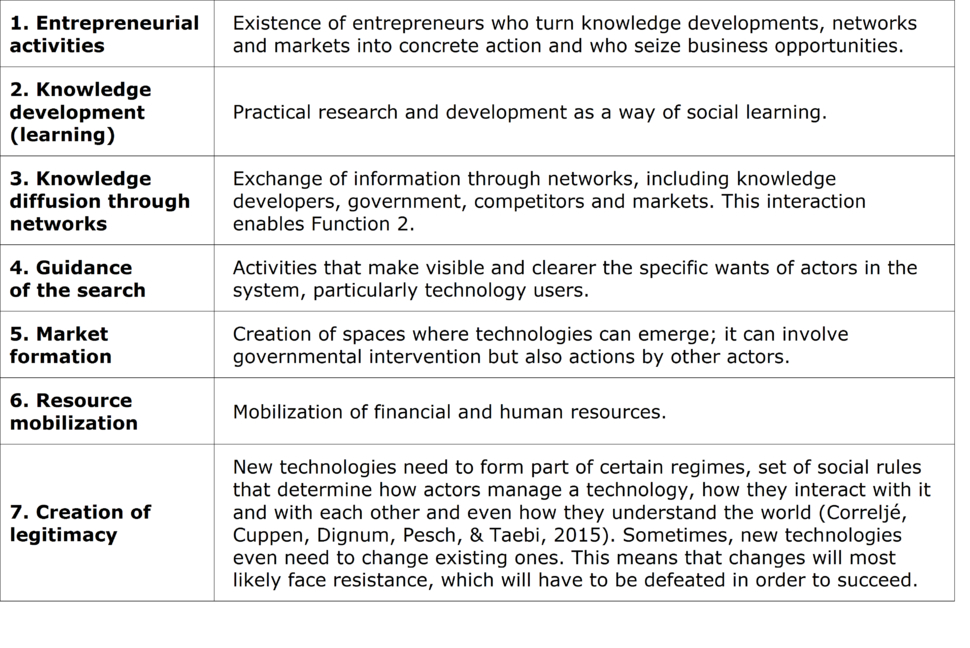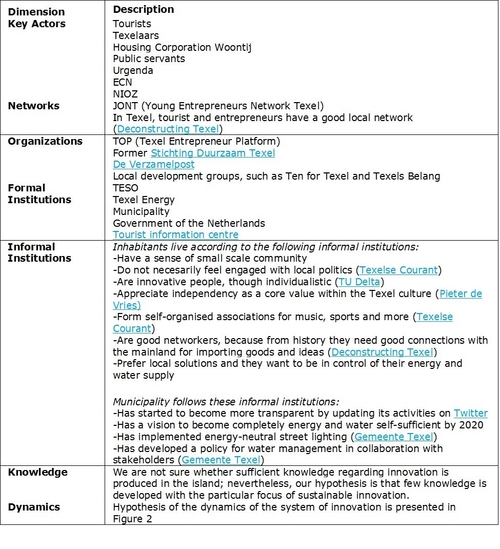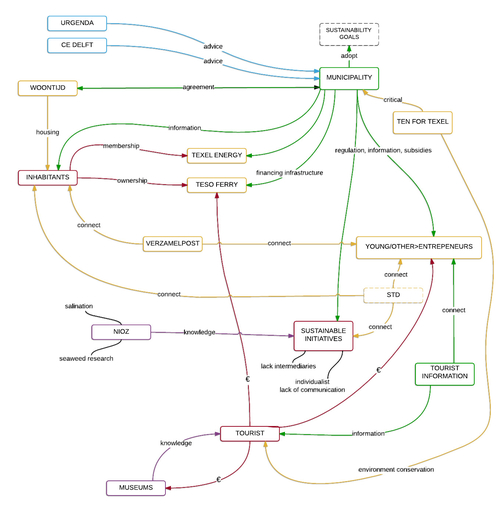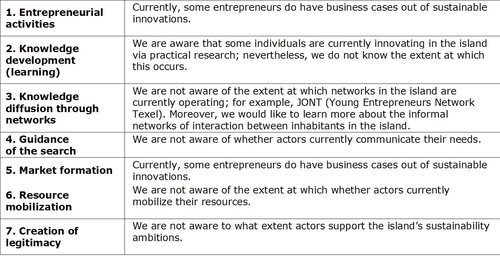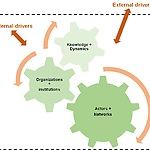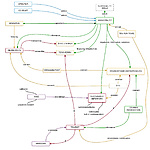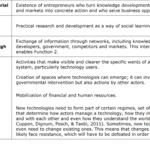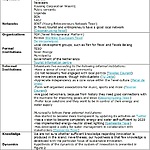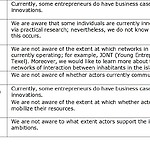Patrizio Cuscito's image (2008). Licenced under Creative Commons 2.0
For the sub-system Permanently Innovate, it is relevant to identify the elements of current systems of innovation that are present in the island. Based on the work by Coenen and López (2010), we defined as sustainable innovation to those technologically novel or improved goods, services or ways of production (Edquist, 2010) that require changes in technology, organizations and institutions (Foxon & Pearson, 2008) and that contribute, intentionally or coincidentally to Texel’s 2065 vision. Moreover, we defined as sustainable initiatives to those actions taken by specific actors in the direction of a sustainable innovation.
Thus, the guiding questions for this section were structured as follows:
Main guiding question:How are systems of innovation structured and currently operating in Texel?
Secondary guiding questions: How are systems of innovation in Texel part of a Permanenlty innovate subsystem in the island? OR What potentialities do those systems have for becoming part of a Permanenlty innovate subsystem in the island?
Thus, this section starts by briefly discussing the dimensions and functions of systems of innovation, according to the initial literature review. Afterwards, it explains the methodology that was used to explore those dimensions for the case of Texel. Later, it discusses whether systems of innovation or even a Permanently innovate sub-system exists on the island as well as the functions that it has or could have. Next, it concludes by answering the guiding questions.
Dimensions and functions of systems of innovation
According to Coenen and López (2010), the six dimensions of systems of innovation are the boundaries, actors and networks, institutions, knowledge and dynamics, as shown in Figure 1 below. Two additional components, also shown in the image, are external and internal drivers, which trigger innovation processes in the system.
Figure 1. Six dimensions of systems of innovation
Moreover, the authors also explain that systems of innovation have seven measurable functions, as explained below.
Table 1. Functions of a system of innovation
Methodology
In order to answer the guiding questions, we had to gain knowledge on current sustainable innovations and sustainable initiatives happening in the island. Thus, we conducted a process of desk-research to learn about the subject. We systematized the data and information of our desk-research in Appendix 1.2, in the final collection of this report.
Dimensions and functions of systems of innovation in Texel
From our desk-research, we concluded that there are several systems of innovation currently operating in the island, because every new technology has its own socio-technical system with the capacity to develop and disseminate such a technology (Jacobsson & Johnson, 2000). Some of the new technologies that are currently being implemented or are already operating in Texel include sustainable street lightning, a cooperative business for sustainable energy production, a sustainable ferry and neutral housing projects. Furthermore, they include the actions and services of institutions such as De Verzamelpost, the former Stichting Duurzaam Texel and JONT.
We also found that in Texel, official and non-official actors interact and give place to innovations. From a formal, or governmental perspective, the EU imposes rules on the Dutch government. The Dutch government develops a strategy to realize these ambitions in the Netherlands. The municipality of Texel listens to these regulations from the Dutch government, but regarding sustainability, they go much further in their ambitions. Moreover, within Texel, the municipality interacts with non-governmental actors such as the inhabitants, the farmers, and groups and collectives that promote innovation in the island.
Besides the municipality, inhabitants and tourists are, as expected, very important actors. The inhabitants, control or have influence in two important institutions in Texel (Texel Energy and the Teso Ferry); and the tourists are an important source of income for many actors in Texel.
Thus, we can describe the dimensions of typical systems of innovation in Texel as follows:
Table 2. Dimensions and description of current systems of innovation in Texel
Figure 2. Hypothesis of the dynamics of the system of innovation in Texel
In this Figure 2 it is possible to identify some actors who play major roles in the system. For example, the municipality of Texel, with the aim of achieving their sustainability goals, coordinates or has influence over most of the actors we can see in the diagram. Besides the municipality, inhabitants and tourists are, as expected, very important actors. The inhabitants, control or have influence in two important institutions in Texel (Texel Energy and the Teso Ferry); and the tourists are an important source of income for many actors in Texel.
Regarding the functions that typical systems of innovation in the island currently perform, we summarized the findings in the following table.
Table 3. Functions of systems of innovation in Texel
Conclusions
After analyzing the findings of our desk-research, we concluded that there are several systems of innovation currently operating in Texel. They operate through the dimensions discussed earlier: actors and networks, institutions and organizations and knowledge and dynamics. Our findings provide an initial indication of how those systems work, which we summarized in Figure 2. Nevertheless, this material needs to be further validated in the Bubble Week.
Although there are systems of innovation in the island, we are not sure whether there is a Permanently Innovate socio-system currently in place. There are indeed many innovative actions and sustainable innovations; however, they do not necessarily fulfill the requirements that use used for the definition of Permanently Innovate in our initial literature review. In other words, the current system contains elements that could be part of the Permanently innovate sub-system, but those elements are loosely connected and do not necessarily perform all the functions that they should.
Although our research indicates that a Permanently innovate socio-technical system does not yet exist in the island,we can envision how the current systems of innovation can become part of a future socio-technical system. These statements indicate in fact knowledge gaps that we would like to address during field work; moreover, we would like to measure the state of the system based on the functions that systems of innovation perform.
Note to the reader
While performing interviews we found that SDT officially ended in December 2015. Moreover, Team Texel 2020 would also be cancelled due to lack of financing. Thus, we do not know of any non-governmental organization focused on sustainable innovation in the island.
References
Coenen, L., & López, F. J. D. (2010). Comparing systems approaches to innovation and technological change for sustainable and competitive economies: an explorative study into conceptual commonalities, differences and complementarities. Journal of Cleaner Production, 18(12), 1149-1160.
Correljé, A., Cuppen, E., Dignum, M., Pesch, U., & Taebi, B. (2015). Responsible innovation in energy projects: Values in the design of technologies, institutions and stakeholder interactions Responsible Innovation 2 (pp. 183-200): Springer.
Edquist, C. (2010). Systems of innovation perspectives and challenges. African Journal of Science, Technology, Innovation and Development, 2(3), 14-45.
Foxon, T., & Pearson, P. (2008). Overcoming barriers to innovation and diffusion of cleaner technologies: some features of a sustainable innovation policy regime. Journal of Cleaner Production, 16(1), S148-S161.
Jacobsson, S., & Johnson, A. (2000). The diffusion of renewable energy technology: an analytical framework and key issues for research. Energy policy, 28(9), 625-640.
